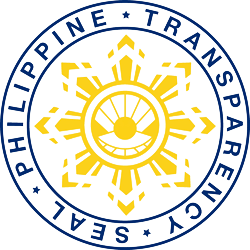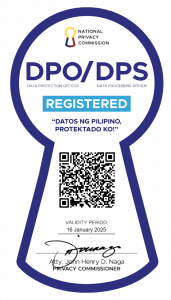
All seemed a lost cause until the Basey Narrative Industry for Growth (BANIG) was formed. BANIG is a federation of tikog banig stakeholders who took it upon themselves to rise above the
challenges and make banig weaving more than just a tradition, but a flourishing industry.
How BANIG Was Woven into Existence
Basey is a municipality in Samar known for its weaving of traditional mats called banig out of tikog, a special reed grass that grows prominently in the area.
Despite the banig industry’s economic vibrancy, socio-economic growth was not at all inclusive in the past. Those at the bottom of the value chain, such as the tikog farmers and weavers, barely felt any improvement in their livelihood. Their products were bought at very low prices by private traders. A single mat fetched a measly Php 18!
Then came Basey Narrative Industry for Growth (BANIG). This organization stemmed from the Pambansang Koalisyon ng
Kababaihan sa Kanayunan (PKKK), a post-Yolanda recovery and rehabilitation effort in partnership with the Department of Trade and Industry (DTI) – Samar Provincial Office in 2014.
BANIG is a federation made up of 28 associations of weavers, embroidery, sewers, and tikog farmers in Basey. Its goal is to address the socio-economic problems within their industry by creating programs that would uplift the lives of everyone in their community. It is currently headed by Anita Mendova Ogrimen.
The Power of Collective Action
Together with the DTI, Cooperative for Assistance and Relief Everywhere (CARE) Philippines, and other stakeholders, BANIG pursued the Tikog Banig Industry Development Plan.
The objective of the plan is to address issues in relation to raw material sourcing, production efficiency, market matching, and the preservation of the culture of tikog banig weaving.
In 2018, DTI provided the federation with a Shared Service Facility which helped fast-track the production process. The three high-speed sewing machines, a long flattening machine, and an edger machine helped the group make quality weaves. Even when incorporating textiles into the product’s design, the output was of superior quality.
DTI also trained the federation on different weaving and dyeing techniques while introducing various mat patterns that both weavers and embroiderers could incorporate into their craft. As a result of this assistance, the Tikog Banig industry has been able to improve in terms of quality and efficiency.
Before the introduction of the development plan, raw materials and wages were very low, making it difficult for those at the bottom of the chain to make a decent living. Presently, raw materials and wages have been increased, so that those involved in the production of tikog banig can earn a fair wage.

The result is that women producers are now able to sell their mats for a much higher price, and embroiderers and sewers can charge more for their labor. From Php18 for a single mat, the price has now increased to PhP500. This has had a positive impact on the Tikog industry as a whole, as it allowed workers to improve their standard of living.
With the popularity of the pliant but durable tikog material, other tikog-based products were introduced to the market.
Slippers, sandals, and tote bags of the same make were made available in Shangri-la Manila, Davao, Palawan, and different hotel chains around the country.
The same products were a hit in various trade fairs like Bahandi, Manila FAME, and the National Trade Fair. With the help of Congresswoman Ann Tan and the Samar Provincial Tourism Office, the LARA brand was born. LARA caters to the high-end market, which caused sales of their tikog-based products to soar.
With the increase in demand, simply waiting for the weeds to grow was not enough — the Provincial Agriculturist’s Office had to purposely create tikog plantations. This domino effect did not just lead to higher pay, but more jobs as well.

“The quintessential skill that Basaynon’s have passed through the generations will not come to naught, and with it, the pride of becoming the Banig Capital of the Philippines.”
Weaving a More Prosperous Future
Just like its meticulously and colorfully embroidered designs, the tikog banig industry has flourished over the years. The recent COVID-19 pandemic may have caused it to slow down, but the crisis has not stopped them from striving for success.
They found new customers with the help of the Provincial Government of Samar and DTI-Samar, which introduced their products to the public through various online platforms. The community is also assured that the tradition of tikog banig weaving will live on, as the government is working ton including this tradition in the Junior/Senior High School curriculum for Basey.
The collective effort and determination of the tikog farmers, weavers, and stakeholders have helped them achieve what seemed impossible before — improving their socio-economic conditions and making sure everyone in their community benefits from it. BANIG’s journey shows us that when people come together for a common cause, great things can happen. ♦



